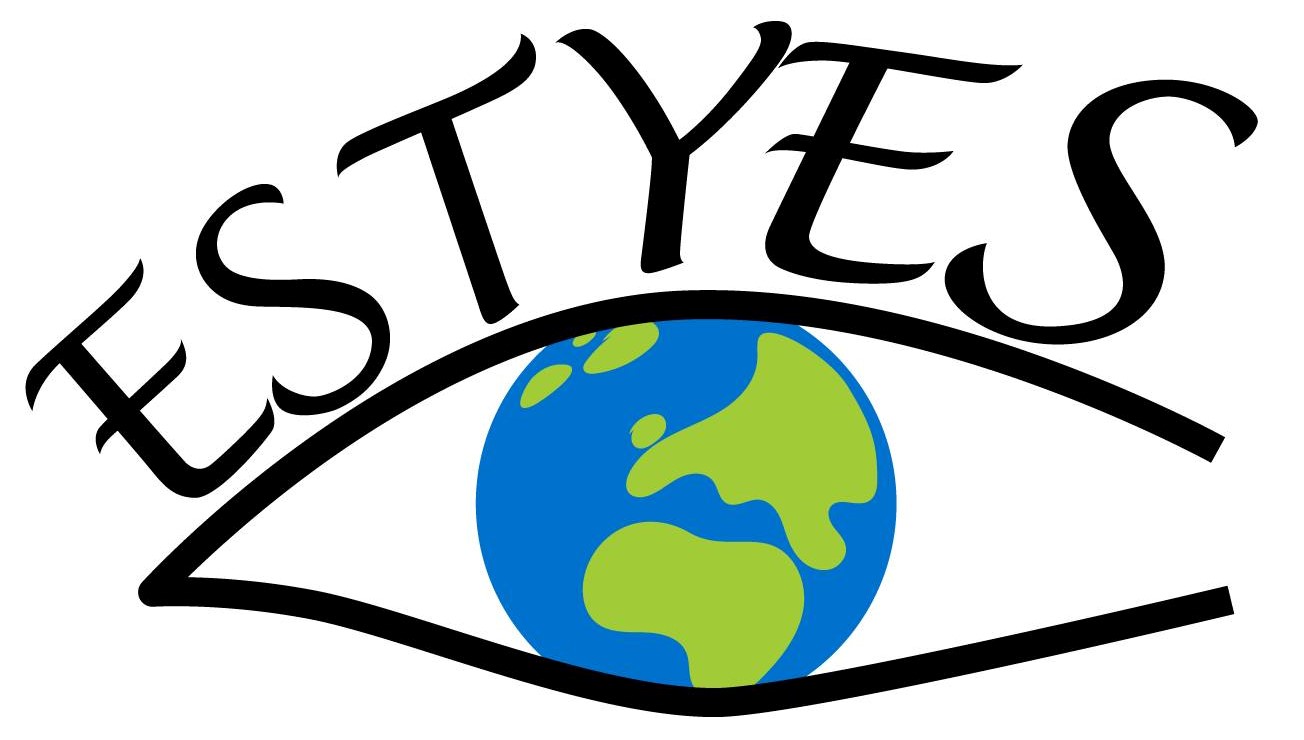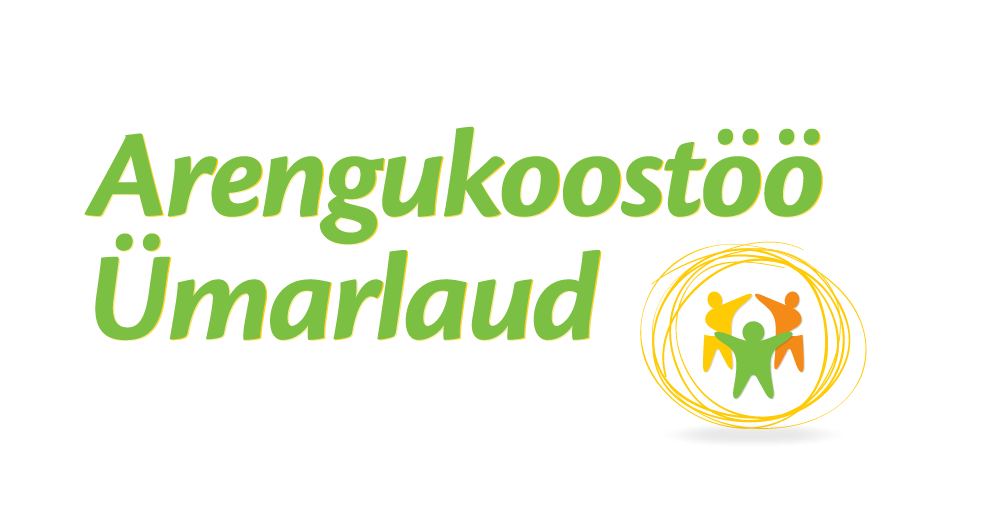The NGO Youth Exchange Development Society EstYES was founded in 1991. and is one of the first organisations in Estonia to engage in cultural and youth exchanges.
Welcome to Estonia: A Guide for EstYES Volunteers
Volunteering abroad is an exciting adventure—but we know adjusting to a new country can feel overwhelming.This guide is here to help you feel confident and informed from the moment you arrive. Whether you’re here for a two-week project or spending the entire summer exploring Estonia, you’ll find everything you need to know right here.
Quick Facts About Estonia
-
Currency: Euro (€)
-
Emergency Number: 112
-
Electricity: 220V
-
Languages: Estonian (official), Russian, and English are widely spoken
-
Tap Water: Safe to drink everywhere
-
Population Density: Relaxed and uncrowded
-
Safety Tip: Wearing a reflector in the dark is required by law
-
Weather: Four distinct seasons. Summer: 16–30°C; Winter: often below 0°C
Discovering Estonia Beyond Tallinn
While Tallinn is Estonia’s capital and cultural heart, other towns offer unique experiences:
-
Pärnu: Estonia’s summer capital with beaches and nightlife
-
Tartu: Cozy, intellectual city with beautiful lakes and architecture
-
Haapsalu: Historic castle town with sea views
-
Viljandi: Medieval charm with a scenic lake
You’ll also find over 1,500 islands, such as Saaremaa, Hiiumaa, and Prangli—each with their own personality.
Getting Around Estonia
Public Transport:
-
Tallinn: Use a Smartcard (Ühiskaart) for buses, trams, and trolleybuses. Buy or top up at kiosks or pilet.ee.
-
Tartu: Similar system for city buses.
-
Across Estonia: Intercity buses via tpilet.ee, and trains via elron.ee.
-
Ferries: Island travel at praamid.ee
-
Taxis: Use the Bolt app for affordable rides.
Most transport includes free Wi-Fi!
Daily Life: Food, Shopping & Culture
Supermarkets: Selver, Prisma, Rimi, Maxima, and Coop are everywhere.
-
Some require €1 coin for shopping carts
-
Weigh and label produce before checkout
Dining Out:
-
Weekday lunch specials (päevapakkumine) cost €6-8
-
Brunch is growing in popularity
-
Dinner is usually between 18:00–19:00
Vegetarian/Vegan: Many places cater to plant-based diets. Use apps like Wolt to find nearby options.
Shopping:
-
Popular malls: Viru Keskus, Solaris, Ülemiste, Rocca al Mare
-
Bring your own bag—plastic bags aren’t free
-
Online shopping: hansapost.ee, kaup24.ee
Amazing Facts About Estonia
1. Nature Lover’s Dream
52% of Estonia is forest. Explore national parks, bogs, and wild landscapes. Watch for bears, wolves, and over 380 bird species.
2. A Land of Islands & Craters
Visit Saaremaa’s meteorite crater or take a ferry to peaceful islands like Aegna or Naissaar.
3. Uncrowded and Peaceful
With just 1.3 million people, Estonia has some of Europe’s quietest, cleanest environments.
4. Unique “Capitals”
-
Tartu – Culture
-
Pärnu – Summer
-
Kuressaare – Weddings
-
Jõgeva – Frost
-
Türi – Spring & Flowers
5. Digital Pioneer
-
First to offer online voting
-
Free public Wi-Fi almost everywhere (even in forests!)
-
E-residency & fast online tax returns
6. The Singing Nation
Home to 133,000 folk songs. The Song and Dance Festival unites thousands every 5 years.
7. Medieval Charm
Tallinn’s Old Town is a UNESCO World Heritage Site, with cobblestone streets and Gothic towers.
8. Women Outnumber Men
Estonia has one of the largest gender gaps in Europe (88 men per 100 women).
9. Top Education
Estonian students rank among Europe’s best in reading, science, and math.
10. A Different Kind of Spirituality
Estonians are deeply connected to nature and less religious than most nations—many follow Maausk, a native Earth-based belief system.
Want to Learn More?
See the official Information Booklets for more tips, details, and cultural guidance: https://estinst.ee/en/information-booklets/










